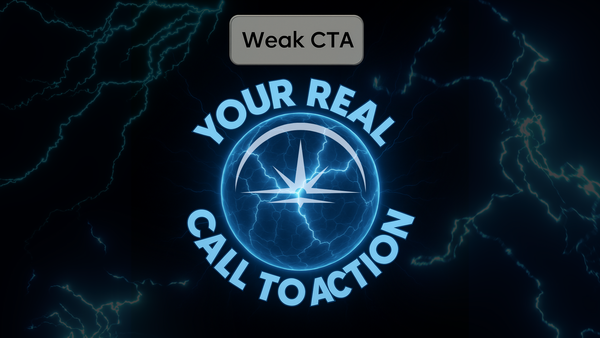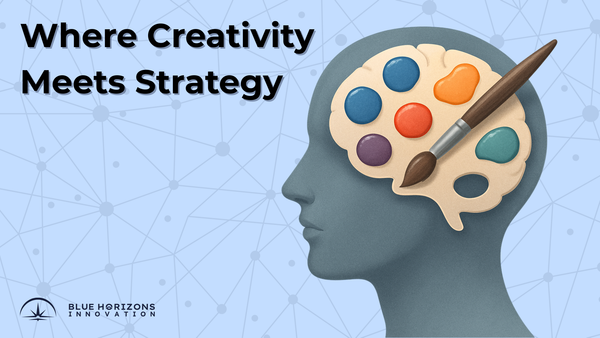Simplifying Client Communication in Digital Marketing
Simplify client communication in digital marketing with clear, jargon-free strategies. Build trust, set expectations, and create stress-free processes.

In the world of digital marketing, technical jargon and complex strategies can often overwhelm clients, especially those unfamiliar with the field. Building a successful relationship with your clients isn’t just about delivering results—it’s about making the entire process understandable, transparent, and stress-free. Here’s how to master the art of client communication in digital marketing.
1. Use Simple, Non-Technical Language
Clients don’t need to know every technical detail of PPC campaigns or SEO algorithms—they just want to know how it impacts their business. Avoid industry jargon and explain strategies in a way that aligns with their goals. For example, instead of saying, “We’re optimizing your site’s meta tags for better SERP rankings,” say, “We’re making small changes to your website so it appears higher in Google search results.”
2. Set Clear Expectations from the Start
Transparency is key. Let clients know what they can realistically expect in terms of timelines, results, and deliverables. Be upfront about potential challenges and explain that digital marketing is an ongoing process rather than a one-time fix. This helps avoid misunderstandings and builds trust from the get-go.
3. Regular Check-Ins Without Overwhelming
Frequent communication is important, but too many updates can overwhelm clients. Schedule regular check-ins—whether weekly, bi-weekly, or monthly—to provide concise updates on progress. Use these sessions to highlight key wins, areas for improvement, and next steps, focusing on outcomes rather than just data.
4. Tailor Your Communication Style
Every client is different. Some prefer detailed reports, while others want quick summaries. Ask your clients how they prefer to receive updates—whether via email, phone calls, or video meetings—and adjust accordingly. Personalizing your approach shows that you respect their time and preferences.
5. Practice Active Listening
Good communication isn’t just about talking—it’s about listening. Pay attention to your clients’ concerns, feedback, and ideas. This not only helps you better understand their needs but also shows that you value their input, fostering a stronger partnership.
6. Simplify Reporting and Focus on What Matters
Clients don’t need to see every metric under the sun. Focus your reports on the KPIs that matter most to their business goals, like conversions, ROI, or website traffic. Use visuals like charts and graphs to make data easier to digest and always relate it back to how it impacts their bottom line.
7. Celebrate Wins and Address Challenges Transparently
When campaigns perform well, celebrate those wins with your clients! Acknowledging successes strengthens relationships and builds confidence. On the flip side, if something isn’t working, be honest about it. Share what went wrong, how you plan to fix it, and what lessons were learned.
Conclusion
Effective client communication in digital marketing is all about clarity, transparency, and adaptability. By simplifying complex information, setting clear expectations, and fostering open dialogue, you create a stress-free experience that builds trust and long-term partnerships. Remember, it’s not just about delivering results—it’s about making the journey enjoyable and easy to understand for your clients.





